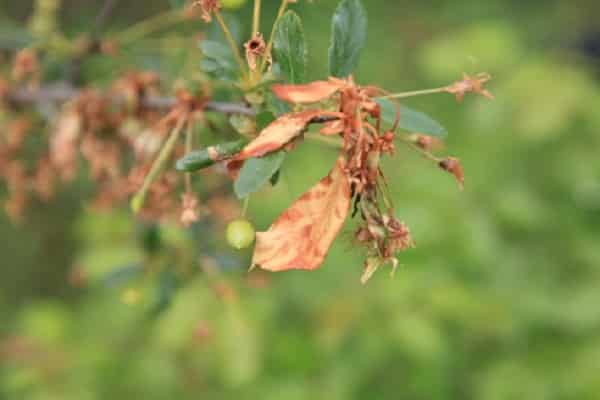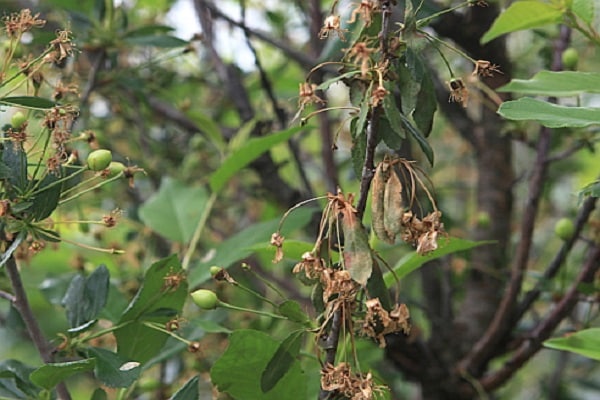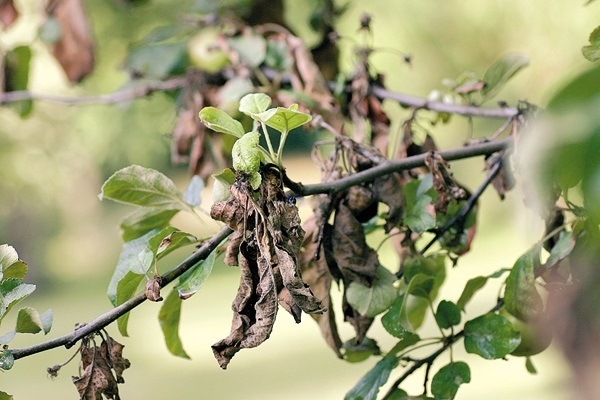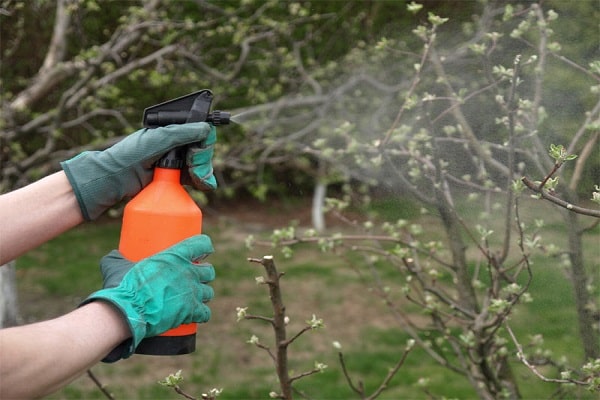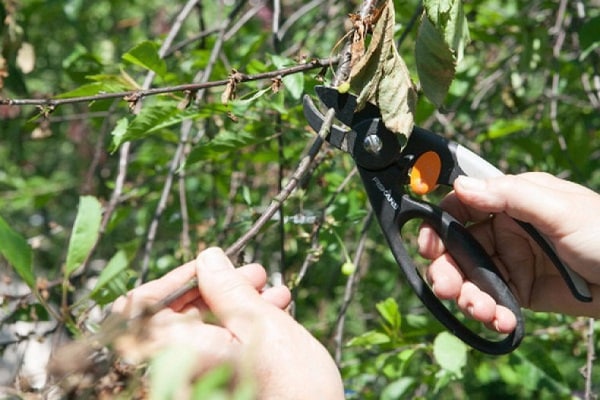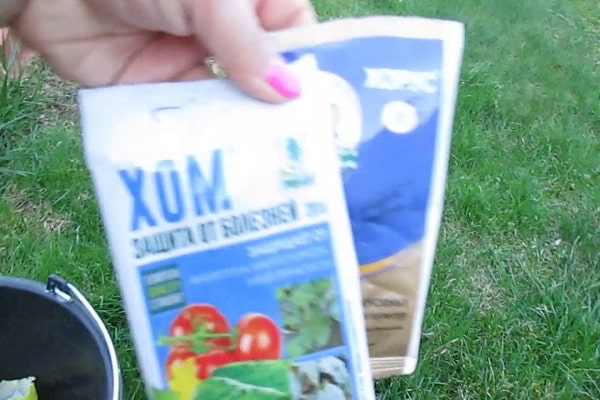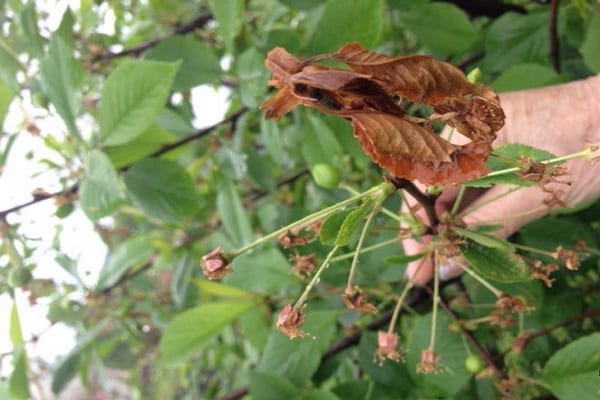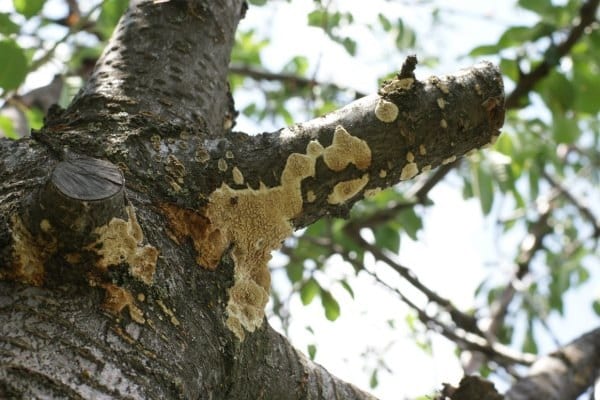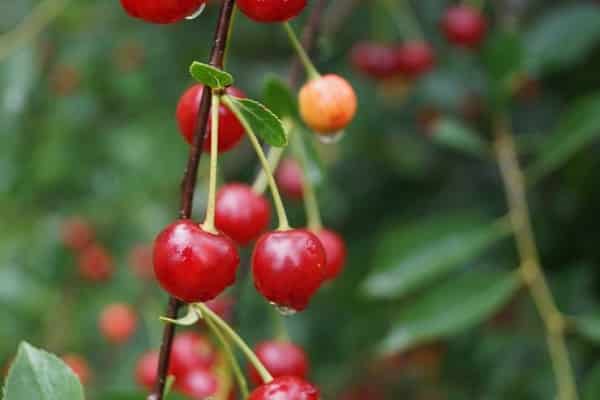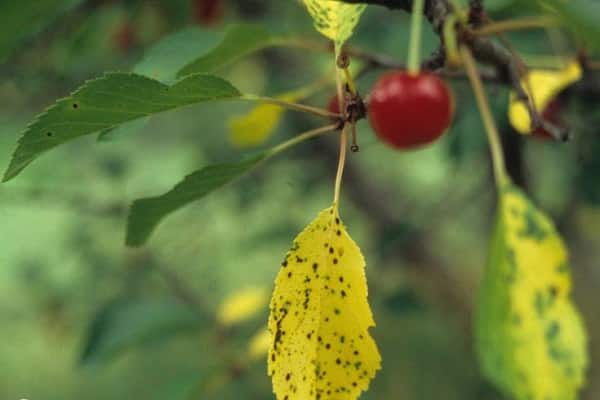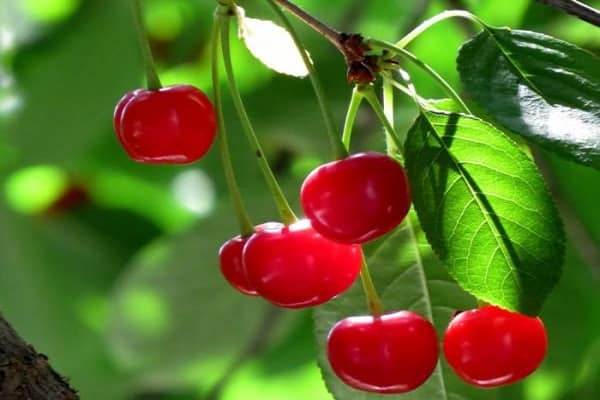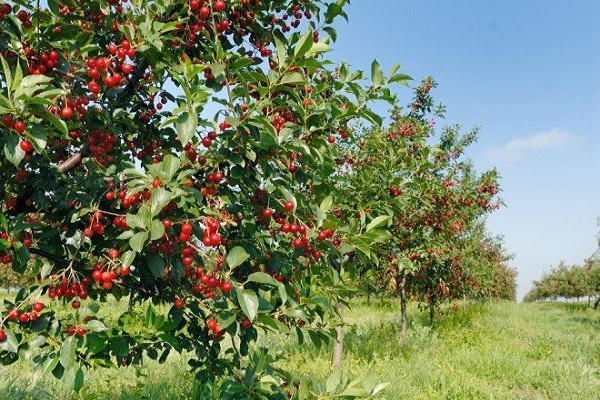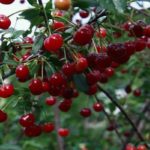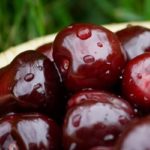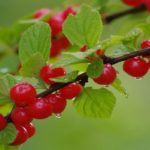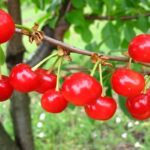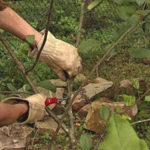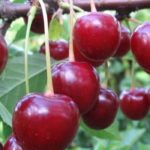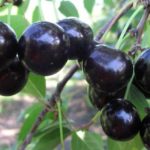Fruit trees become infected with pathogenic fungi when flowering begins. The spores are directed through the pistil into the plant tissue, multiply and ripen in the fruit, causing secondary infection. Moniliosis of cherries is affected in many regions of the central zone, in the Urals, in the southern regions of Russia, and in Siberia. The spread of the disease was facilitated by the fact that gardeners initially did not pay attention to its signs, because they believed that the leaves were simply frozen.
What it is?
Moniliosis, which is caused by ascomycete fungi, leads to the death of entire plantings if the fight against this disease is not started in time.Coping with gray rot, as it is also called, is very difficult. The spores affect the entire tree, and not just its individual parts.
In winter, the mycelium of the pathogenic fungus does not disappear, but colonizes branches and dried fruits. Spores germinate when the air is heated to at least +12 °C. Therefore, gardeners in the fall need to check for grayish pads on the cherries. A serious problem is indicated by:
- the presence of unripe dried fruits;
- blackening and thinning of branches;
- the appearance of limp, as if frozen leaves.
Stone fruit disease has not one form, but two. Fruit rot is located on infected berries and infects the plant the following year.
If fungi get into the wounds and cracks in the trunk, a monilial burn occurs. On large trees, the boundary between the diseased and healthy parts is especially noticeable.
Causes of the appearance and development of the disease
During cherry blossoms, the mycelium, which has overwintered on dried branches and fruits, releases spores that infect the plant through the pistil and buds and destroy shoot tissue. Young branches dry out quickly, the berries do not fill with juice. The leaves take on a brown tint.
Fungi are activated when the temperature drops around minus 2. Promotes reproduction:
- wet and cool weather;
- heavy fogs;
- heavy dew;
- long absence of sun.
Spores appear again in dried shoots, and the infection process continues even when it gets warmer and the rains stop.
Over the summer, not one generation of fungi appears, but several. The whole garden gets sick with moniliosis. During winter frosts, the spores hide in dried berries and branches, and in the spring they continue to multiply and invade new plantings of cherries, cherries or apricots.
The fungus is transferred by aphids, codling moths and other insects from infected trees to healthy plants, destroying huge areas of plantings within a few years.
Problem Definition
You can tell that a cherry tree has contracted moniliosis by the fact that the young branches dry out very quickly, the flowers fall off, the leaves become lifeless, and the ovary does not form.
If a tree with fruits is infected by fungi, growths of spores form on the berries, and they rot and mummify.
Fighting methods
To cope with a dangerous and rapidly spreading disease, you need to simultaneously use different methods of eliminating both moniliosis and destroying its causative agents. It is necessary to constantly trim damaged branches, remove leaves from under the trees, and spray the cherries with fungicides.
It is better to get rid of diseased shoots in the fall or spring, before the buds have time to open. When flowering ends, you need to check again to see if the affected areas have reappeared. The disease spreads less when the crown is formed in a timely manner. Old trees need to be pruned more often.
Leaves, rotten fruits, and dried branches must be burned because spores overwinter in them. Not all summer residents who grow cherries on their property know how to treat moniliosis. Measures need to be taken urgently and comprehensively; pruning alone cannot solve the problem.
To defeat the disease, drugs containing copper are used. They prevent the proliferation of spores. Cherries are sprayed with systemic fungicides not once, but several times per season. The most effective among them is “Horus”; the drug has a negative effect on pathogenic fungi even at low temperatures. During the growing season, cherries can be treated with bacteriological preparations - “Fitosporin”, “Gamair”.
Fungi quickly get used to different compositions. In summer, the remedy for moniliosis should be alternated with insecticides to destroy insects that spread spores to other trees.
Knowing how to deal with the disease of fruit crops and starting treatment in a timely manner, it is possible to stop its spread. Most often, varieties bred many years ago are affected by moniliosis - Felt cherry, Vladimirskaya.
Prevention
Preventing fungal infection is much easier than coping with the disease they cause:
- You cannot plant cherries where trees affected by moniliosis grew.
- The place for new plants should be selected not in the lowlands, where the roots will rot, but on a small hill.
- To prevent pests from gnawing the bark on the trunks, they need to be wrapped in dense synthetic material, otherwise spores may settle in the damage and wounds.
- Every autumn, dried branches must be removed and the cut points are covered with putty.
Fallen leaves and unripe berries should be burned and the soil in the garden should be loosened. You need to select fruit crops for the plot that are zoned for the given area. It is advisable to immediately treat the seedlings with Bordeaux mixture.
Before buds open, all trees should be sprayed with a solution of copper sulfate, and lime should be added to the ground, which will help reduce acidity and prevent the development of moniliosis..
Varieties most resistant to disease
To protect the garden from the spread of gray rot, you need to take the choice of cherries seriously. Some of them are more often affected by moniliosis, others less often.
Chocolate Girl is resistant to the disease. The low tree does not have a dense crown, but its branches ripen up to 12 kg of brown berries weighing a little more than 3 g.Their sweet taste is reminiscent of cherries. The first fruits appear on the plant at the age of 4 years. The tree tolerates frost and temperature changes normally.
The Turgenevka cherry suffers less often from moniliosis. The berries of this variety have a rich red color. The pulp contains a lot of:
- gland;
- ascorbic acid;
- vitamin B
The sweetish, heart-shaped fruit weighs about 5 g.
Cherry Toy is resistant to gray rot and is not afraid of frost. The tall tree has an oval crown and thick branches. The fruits set in the third year and ripen in late summer. Large berries weighing up to 9 grams delight with sweet pulp, the stone is separated from it without problems.
The Nochka variety was developed by breeders by crossing sweet cherries with cherries. The hybrid is distinguished by a lush crown and large beautiful leaves. Flower buds on the tree are formed in the first year, so fruits appear already in the third year. The cluster is formed from 8 berries, some specimens weigh up to 10 g. The variety takes root in areas with frosty winters and is resistant to moniliosis.
Cherry Novella created at the Oryol Breeding Institute by crossing Griot Rossoshanskaya with a steppe hybrid. The tree, about 3 meters high, has a spreading crown and powerful roots. The plant blooms in May and delights with sweet, almost black berries. The variety is valued:
- for high productivity;
- immunity to fungal diseases;
- excellent presentation.
Bystrinka is planted by both summer residents and farmers. The hybrid barely reaches two meters in height. Picking the fruits is a pleasure. Cherries are easy to care for and do not take up much space. The variety loves fertile soil and produces a decent harvest of berries that can be transported over long distances. Bystrinka does not suffer from coccomycosis and is rarely affected by gray mold.
Cherry Minx grown in the steppes of Ukraine and the North Caucasus. It was bred on the basis of the Kyiv and Samsonovka varieties. The tree is characterized by rapid growth, has a spreading crown, straight shoots, and shiny leaves. The burgundy-colored fruits, weighing about 6 grams, are used to make jams and compotes. The hybrid is not afraid of frost and is rarely affected by fungal diseases.
To minimize the risk of moniliosis in cherries, it is necessary to feed the trees with organic matter and mineral fertilizers, remove excess shoots and growth, water during a long absence of rain, and loosen the soil between the rows.

